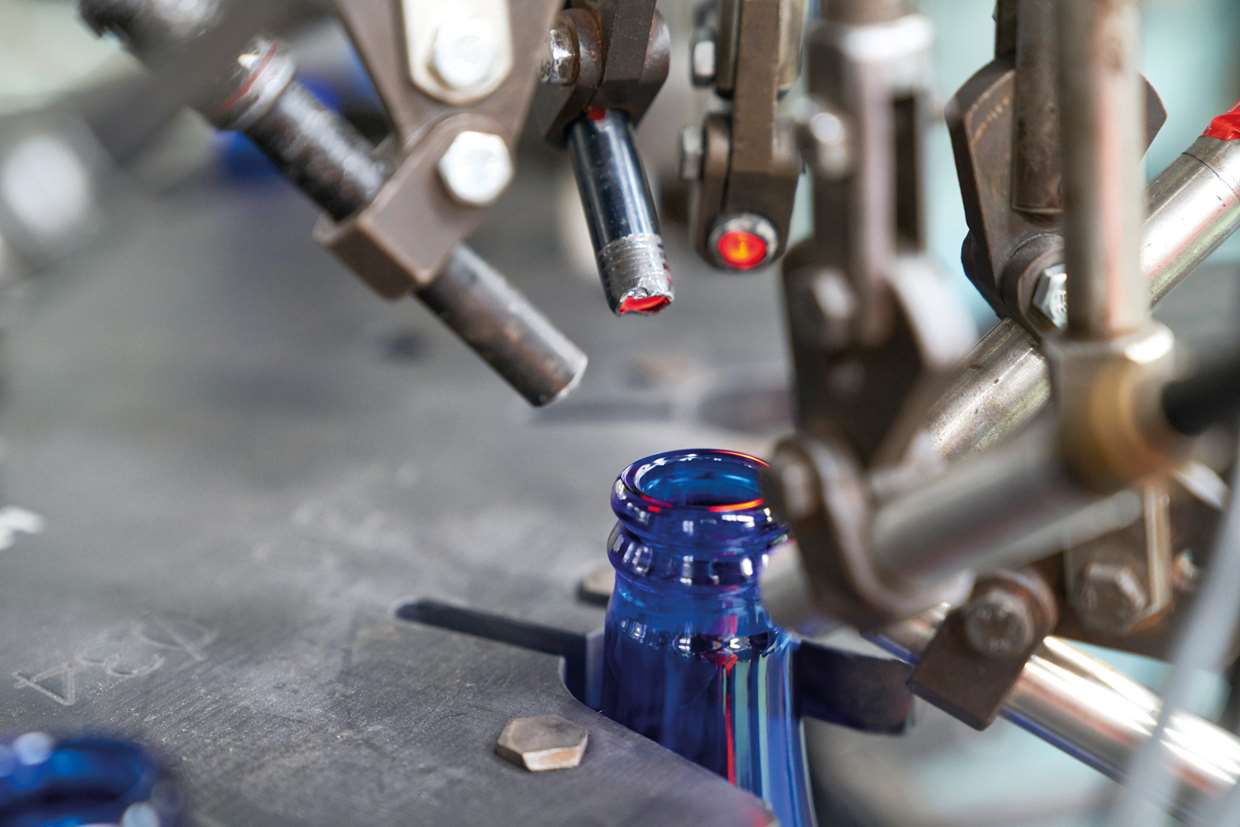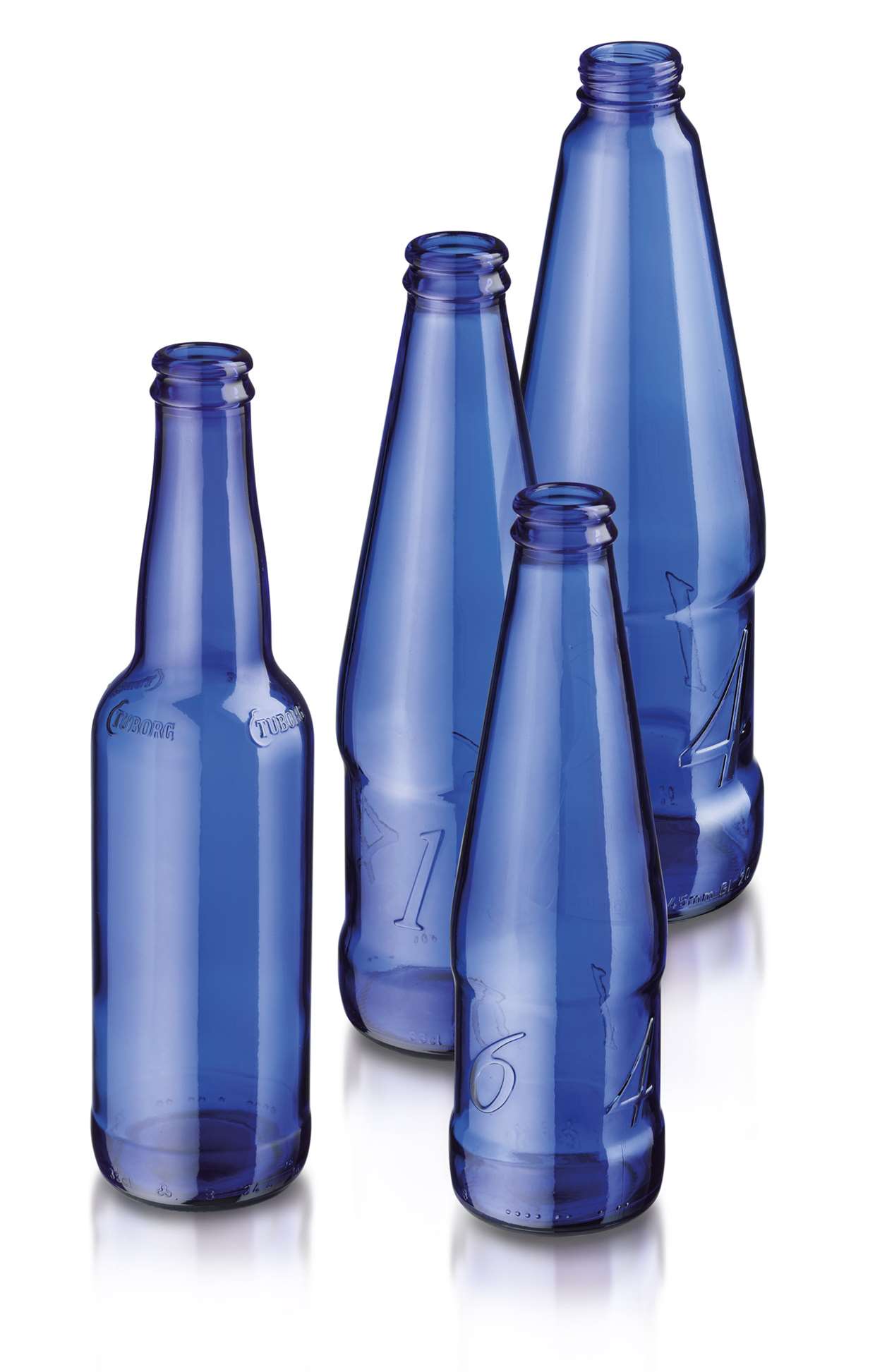- Interview CEO
- Vetropack Locations
- Market environment offering opportunities and challenges
- Business model
- Strategy 2030
- Management Structure
- Organisation
- Col2
- Material Topics and Performance Review
- Customers and suppliers
- Finances
- Innovation and intellectual property
- Production and products
- Employees
- Environment
- Col3
- New designs
- Financial Report
- Col1
- At a Glance
- Financial Report Vetropack Group
- Consolidated Balance Sheet
- Consolidated Income Statement
- Consolidated Cash Flow Statement
- Changes in Consolidated Shareholders’ Equity
- Consolidation Principles
- Valuation Principles
- Notes
- Ownership Structure
- Company Participations
- Report of the statutory auditor on the consolidated financial statements
- Five Year Overview
- Col2
- Financial Report Vetropack Holding Ltd
- Balance Sheet
- Income Statement
- Notes
- Board of Directors’ (BoD) Proposal for the Corporate Profit Appropriation
- Report of the statutory auditor on the financial statements
- Five Year Overview
- Corporate Governance
- Col1
- Introduction
- Board of Directors
- MB Members
- Remuneration and Additional Information
- Shareholders’ Participation Rights
- Auditors
- Information Policy
- Contact Address
- Remuneration Report
- Col1
- Introduction
- Principles of the Remuneration Scheme and its Components Audited Information
- Organisation and Authorities for Determining Remuneration
- Description of the Remuneration Components
- Board of Director’s Remuneration
- Management Board’s Remuneration
- Comparison of Remuneration disbursed with the Remuneration approved by the 2018 and 2019 Annual General Assembly
- Shareholdings
- Report of the statutory auditor on the remuneration report
- Sustainability Report
- Col1
- Sustainability Report
Special production at Vetropack Slovakia
75 days of blue
Flexible production processes are required for manufacturing bottles. Quick and simple changes in shape and colour are important for the economical production of small and medium batch sizes. If the quota ordered is really big, it’s a different matter. The Vetropack plant in Nemšová demonstrated how it works – and the next 75 days were a rhapsody in blue.
In the production of bottles and other glass packaging, glass usually acquires special colours only in the last preparatory step before it is moulded. In what is called the feeder, which reprocesses the glass mass from the large furnace, the colouring components are added and worked into the mass before the gobs are portioned for the glassmaking machine. This enables the colour to be changed very quickly, because only a very small part of the mass is coloured. Furthermore, several production lines can be supplied with different glass colours from one glass furnace.

Changing the colour of a furnace
Blue is a special colour for glass packaging that Vetropack has known well for a long time. Let us take as an example the Croatian subsidiary in Hum na Sutli, which has been producing blue bottles for various customers using the feeder process for more than ten years. The task facing the production plant in Nemšová, Slovakia, in 2019, was much more ambitious. It was to take over the production of the blue bottles on a large scale, as part of a campaign for various international customers in the region.
Tonnes of blue glass, immense quantities: this is also possible with the feeder process. However, changed constraints ensure that the calculation is different. What is a good solution from an economical perspective for small and constantly changing batches is not ideal for a large throughput that has to be maintained over a long period of time. So a technical alternative was soon discussed. If the colour is not going to be changed, why not just set up the entire production process for one colour for a certain period of time?
For the blue glass campaign, a white glass furnace was completely converted for the production of blue glass. The furnace had been overhauled only a year earlier and the glassmaking machines had been refitted for the narrow-neck press-blow method for the production of bottles. This gave them a good head start, but such a changeover is still no easy matter from a technical standpoint, and can only be implemented with a detailed schedule.
A combination of know-how and commitment
Nobody knows this better than Robert Bestro, who coordinated the project and provided crucial support to the project managers. Actually a sales manager for wide-mouth jars and bottles in Nemšová, he was the one who brought everything together. Bestro knows the entire chain from technology and manufacturing processes to quality assurance, packaging and logistics.
“With the tight schedule I worked up a sweat more than once,” says Bestro, who was soon known throughout the plant only as “the Blue Man”. “But fortunately, everyone involved was extremely committed and contributed a great many ideas. Such a project simply requires many heads and many hands, and we have them here in Nemšová”.
In fact, all departments of the Slovakian plant were involved in the preparation, while normal work continued in parallel. There are decisive differences in the production processes when the colouring of the glass mass is carried out in the furnace instead of in the feeder, which meant that a lot of thought had to be given to many things. Precise process control is critical for quality, and for precisely this kind of monitoring and control of the processes in the melt there was no empirical data available for the colour blue. For one thing, the chemical composition of the glass mass and colouring additives is different from those used for colouring in the feeder. Deviations in the feeder are easier to monitor and only lead to small losses of time and material, whereas deviations in the large furnace are much more difficult to control. So a lot depends on working technically with very tight tolerances.

Group-wide project
Just how well prepared the project was in the end was reflected in the excellent quality that the Slovakian plant was able to deliver – practically from a standing start – and then over the planned 75 days of continuous operation. Quality assurance was organised with very close cooperation and daily discussion between production and technical staff, so that minor problems were solved without delay.
In the course of the project, the advantages of switching to the new process became apparent. For example, the job changes that would otherwise be due every three to four days could be omitted. A job change involves, among other things, changing the moulds in the glassmaking machines, adapting the quality controls to the new production run and changing the processes for palletising and interim storage. Large series and quantities therefore ultimately mean significant savings in terms of time and effort.
The fact that Vetropack’s Slovakian plant was able to concentrate entirely on the colour blue also reveals another synergy effect – collaboration within the Vetropack Group works smoothly. The Croatian sister plant can still take on orders for blue bottles and jars using the feeder process if necessary. However, as Nemšová was not able to produce any wide-mouth jars and glass bottles in white during the blue glass campaign, production was relocated.
Robert Bestro’s conclusion is positive: “There was fruitful collaboration between all employees, who were happy and enthusiastic about working on the project. Everybody was thinking about how to make things better, easier and more efficient”. The “75 days of blue” are a success story for Vetropack. Not only for Nemšová, but for the whole Group.
This website uses cookies to ensure you get the best experience on our website.Privacy statement
- Sustainability Report
- Col1
- Col1
- Col1
- Col1
- Material Topics and Performance Review